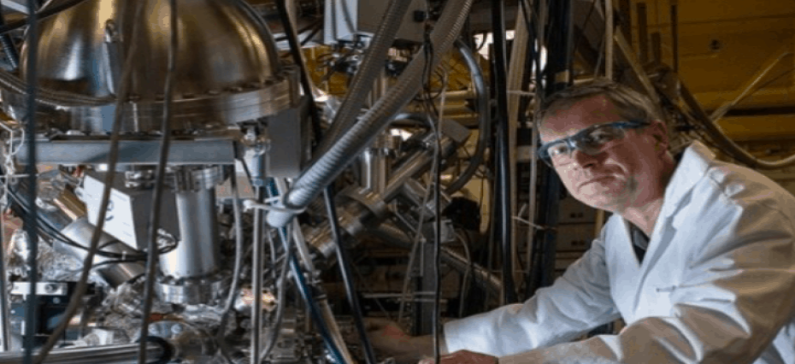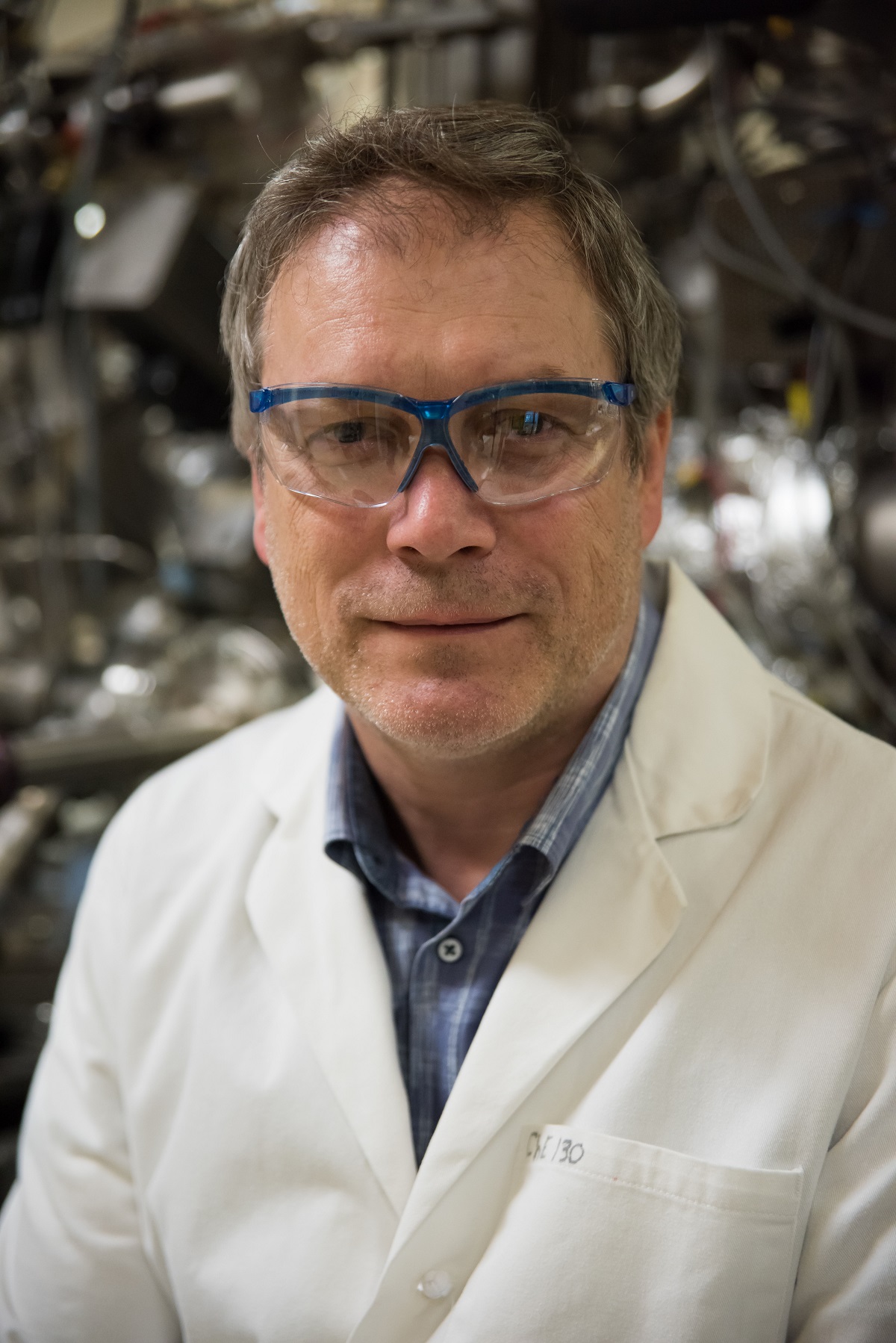
He designed an innovative device for space explorers of the future
A Greek scientist teaching at the Caltech Chemistry and Chemical Engineering department in the United States, Dr. Konstantinos P. Giapis, was head of a team of US scientists that have developed a small, portable device that can generate oxygen from carbon dioxide.
The findings were presented in a paper published in the periodical “Nature Communications” on May 24 and the technology belongs to Dr. Giapis. It is based on his previous research into why comets can generate oxygen around them, which led him to focus on a new type of chemical reactions that are driven by kinetic energy rather than by heat.
Potential uses for the technology include manned space exploration, allowing astronauts to generate the oxygen they breathe in spacecraft, space stations or future Mars colonies instead of transporting air from earth, while it may also inspire methods for reducing carbon dioxide on earth.
The reactor developed by Giapis and his team currently has a very low output, generating just one or two molecules of oxygen for every 100 molecules of carbon dioxide. The scientist believes that its performance can be improved, however, so that in the future it can produce enough air for astronauts on Mars to breathe. Another potential use will be to remove carbon dioxide from the Earth’s atmosphere, possibly assisting in the battle against the overheating of the planet.
The research was funded by the U.S. National Science Foundation and the US Department of Energy, as well as the Joint Centre for Artificial Photosynthesis (JCAP).
“Is this the final device? No. Is it a device that could solve the problem on Mars? No. It is, however, a device that can do something very difficult. We can do some crazy things with this reactor,” the Greek scientist said.
The research team discovered that molecular oxygen can be generated by bombarding a gold sheet with carbon dioxide. When the carbon dioxide molecules struck the gold sheet at high speeds they broke apart, releasing molecular oxygen.
Based on this finding, Giapis and his team designed a device that works like a small particle accelerator that converts the carbon dioxide molecules into ions and then accelerates the electrically charge particles with the help of an electric field. When these strike a surface at speed, oxygen is generated.
The reaction can also occur at smaller speeds, which Giapis considers a possible explanation for the small quantities of oxygen found in the Mars atmosphere.
Konstantinos Giapis graduated from the School of Chemical Engineering of the NTUA in Athens in 1983, took his PhD from the Department of Chemical Engineering of the University of Minnesota in 1989 and until 1992, he conducted postdoctoral research at AT & T Bell Laboratories in New Jersey. Since then he has been teaching at Caltech and his research today focuses on plasma chemistry, dynamic gas-surface interaction, nano-science and astrophysics.
Main Source: AMNA
















